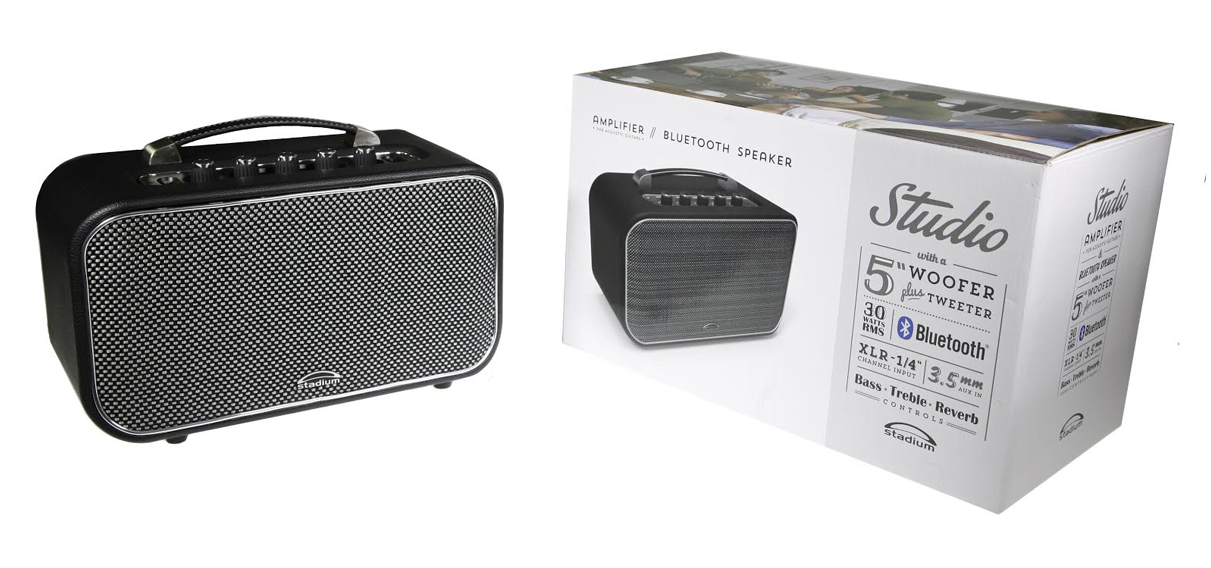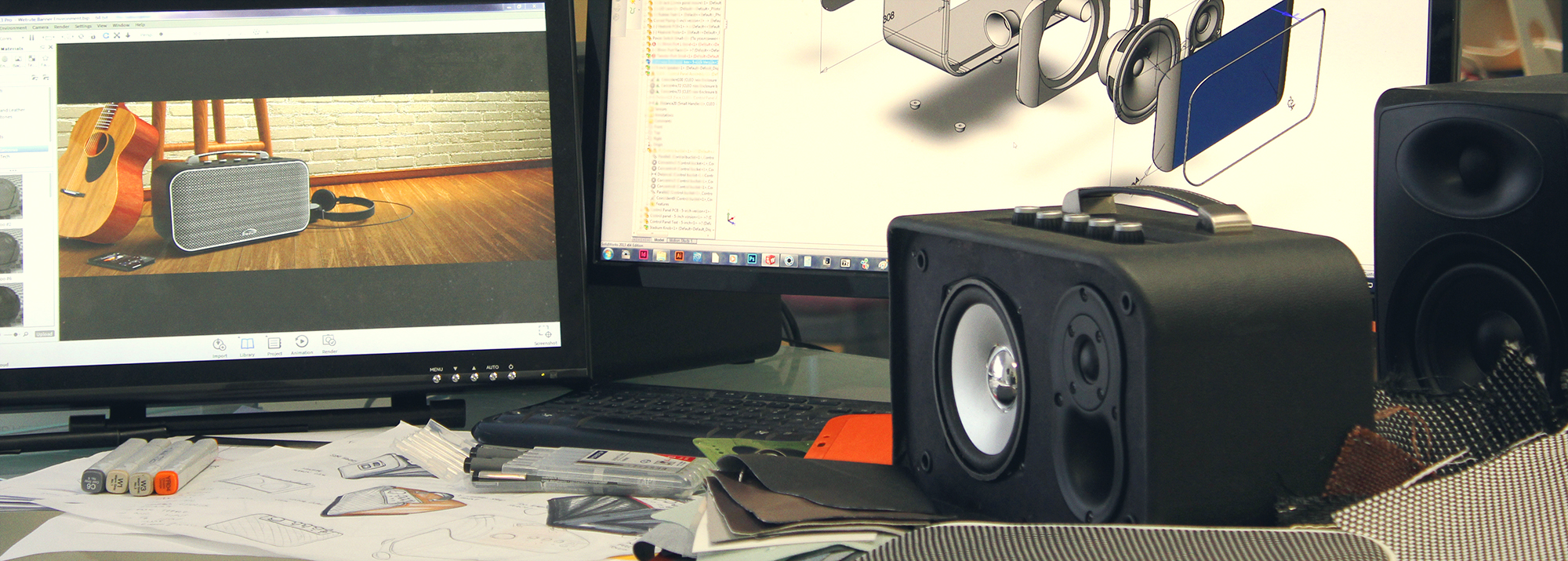
Our Design Process
Stadium designed products attempt to capture the ideas, wants and needs of music lovers Australia-wide. We do this to generate professional audio products that truly satisfy the audiophile within. For any new project we undertake, the primary motive is how best to benefit the end user. We achieve this through an elaborate development process balancing function, style, performance & innovation. The end result- award-winning audio products specifically tailored to Australian performers and musicians.
Market Research
The first stage of any project begins with research and a product brief. We attempt to strategize our product's position in the market by garnering key information from the market. We also look at current trends, compare competitors and look at new technologies to help validate our product direction. This is the analytical part where the product road-map is determined. The aim here is to have a clear path for development that factors in all points raised by our end users.
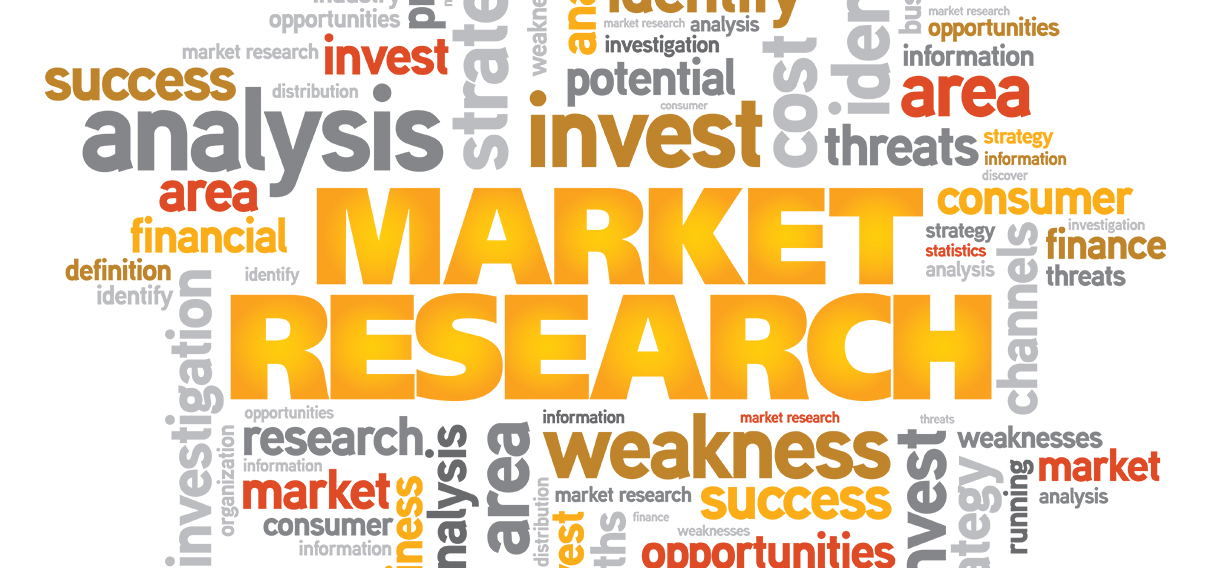

Concept Generation
The second stage after research and planning is the concept generation stage. This begins with creative brainstorming then leads to rough concept sketches, with the focus on functionality and aesthetics. This is also the creative part where the product takes on a form and style. The designs here are purely visual and are not ready for manufacture. The aim here is to establish the best design to take forward to refinement.
Concept Refinement
Once we have established a clear design direction, we attempt to further refine this concept by sketching details like fit and function; factoring in construction, materials and assembly. The aim at this stage is to have a clear direction on the product engineering so we are able to progress the idea to more detailed refinement using 3D CAD.
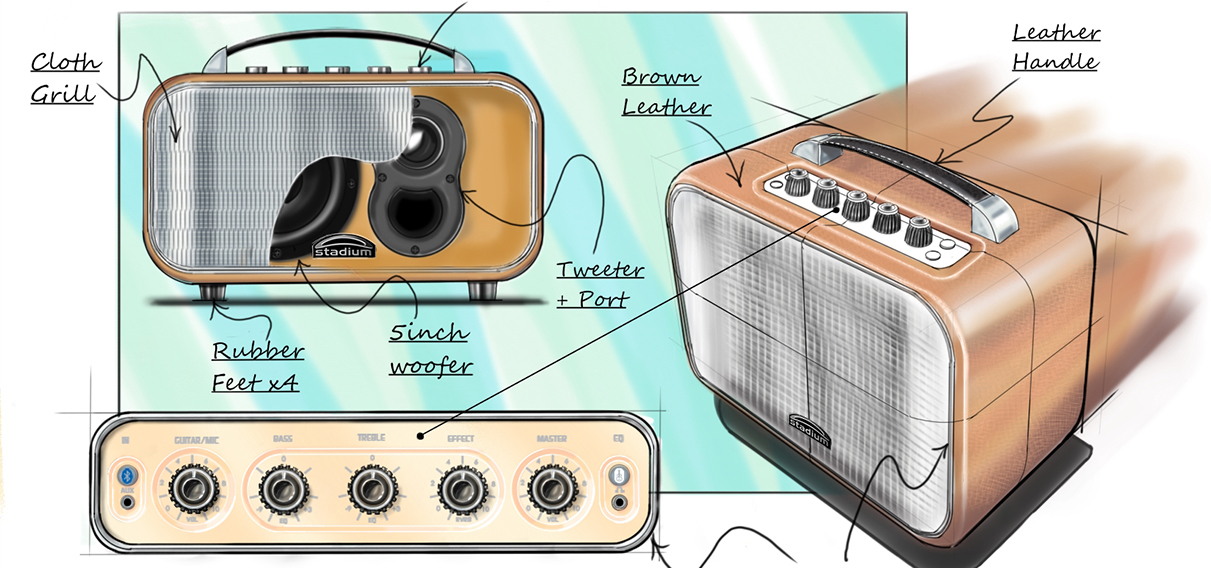
Detail Design.
This stage involves taking the refined concept from a 2D sketch to 3D, further fine tuning the chosen concept and preparing the details needed for a prototype to be made. Changes identified following a review of the concept design such as size adjustments may also be made. The outcome of this stage is normally a design ready to be prototyped.
Prototype Development.
Following on from prototype construction, areas of improvement are identified and the design further refined. Different prototypes may be constructed before deciding if the product is ready for manufacture.

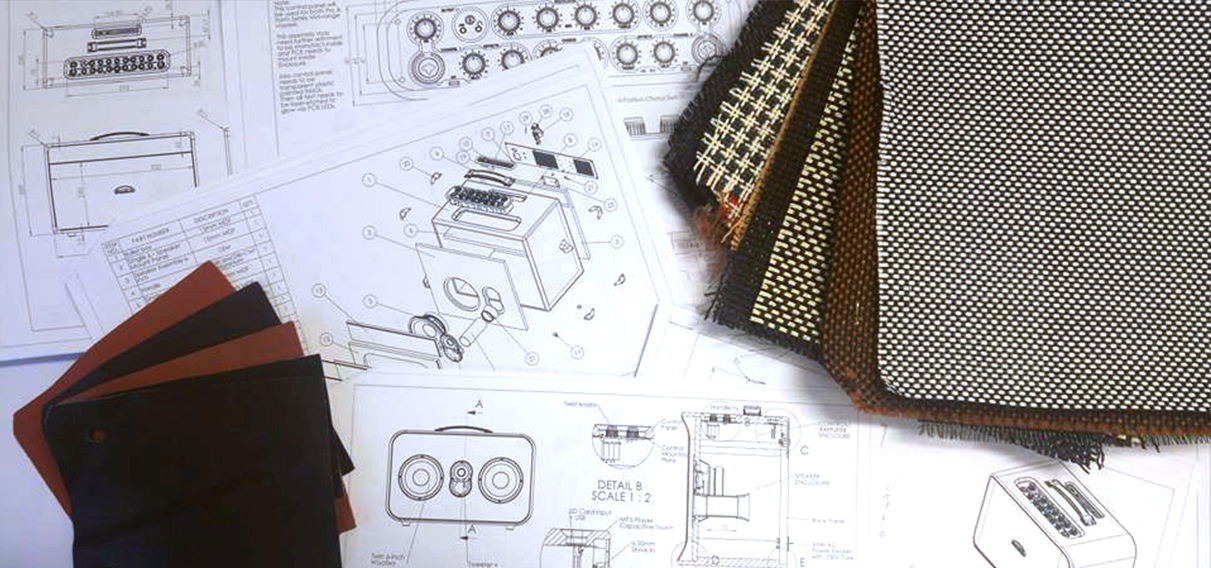
Manufacture Design.
With the design proven by prototyping the details of manufacture are further brought together with production of engineering drawings, material specifications and associated processes for manufacturers to follow.
Final Product - Packaging and Branding
The collective embodiment of all stages, the final product captures all aspects of the product brief, and delivers a stylish, functional and cost effective solution for the end user. This stage also requires the development of packaging, branding and marketing material for the product to be ready for distribution and sales.
